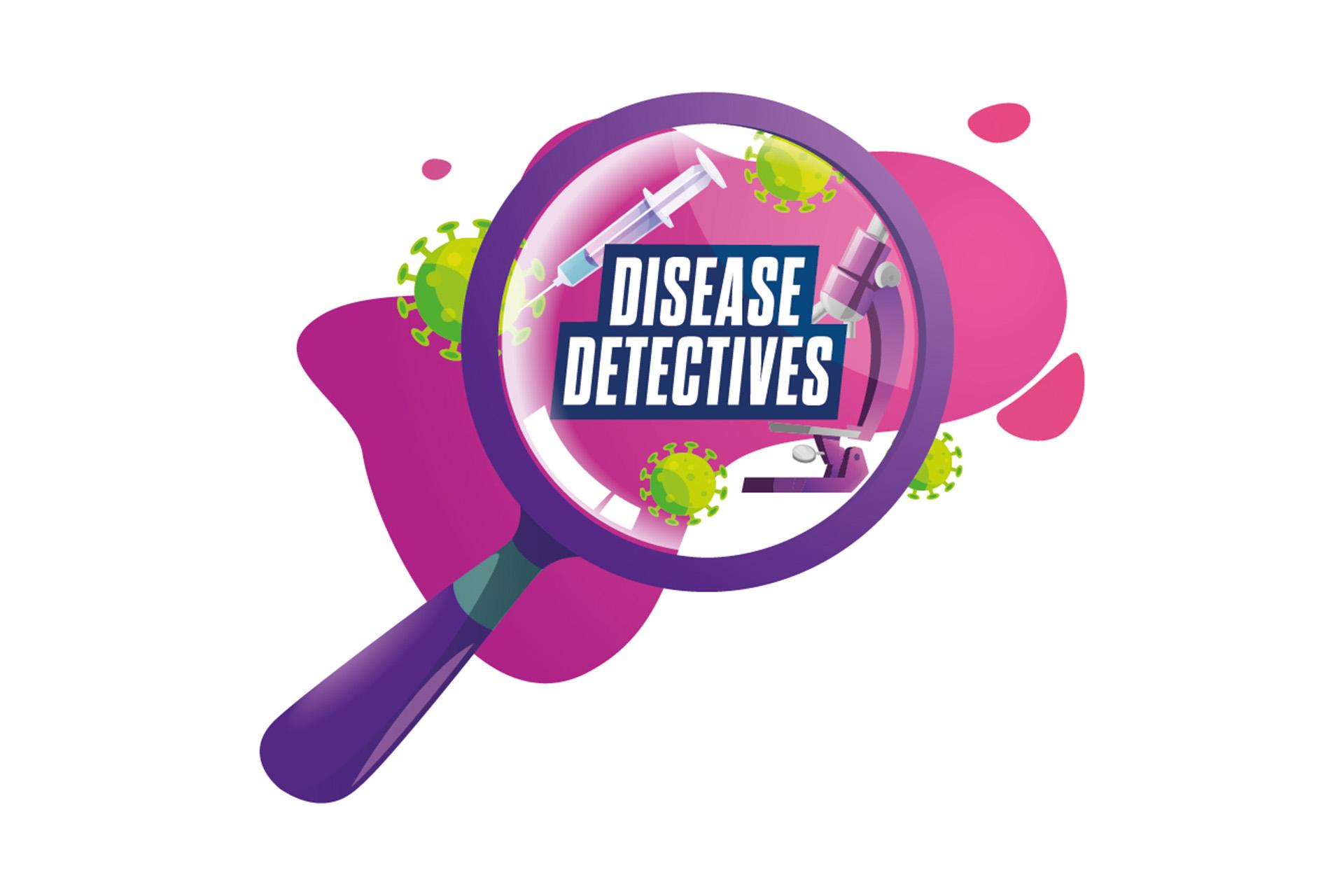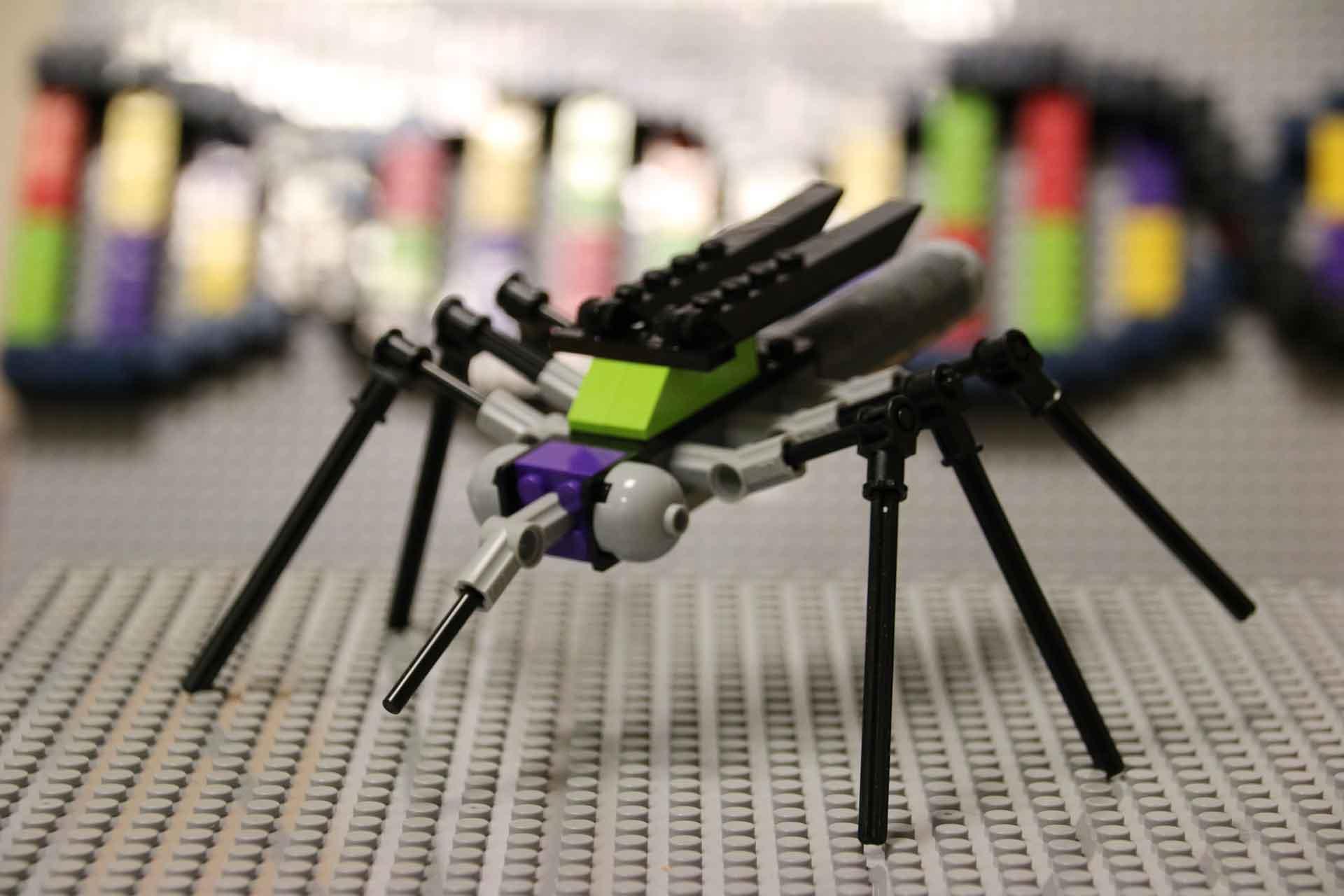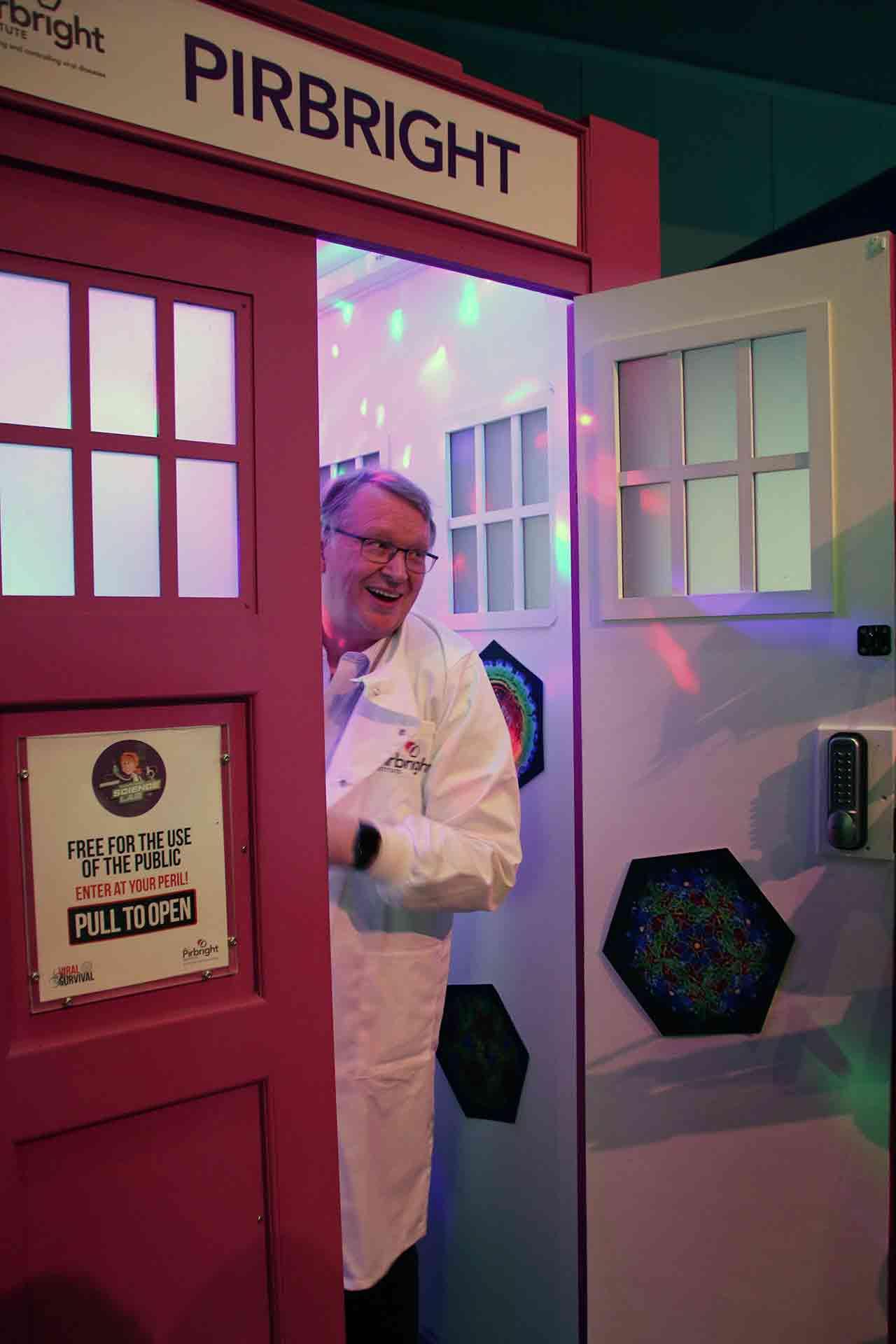Have you got what it takes to become a Disease Detective?
Pandemic preparedness: why scientists are key
Discover how emerging diseases are spread and how research helps to prevent and contain them.
Scientists play a critical role in identifying, controlling and preventing new and emerging diseases. Viral infectious diseases threaten global health, particularly those spread by insects and those that jump from animals to people, known as zoonoses of which COVID-19 is one. Movement of people, climate change, deforestation and vaccine hesitancy all contribute to the increasing risk of emerging pathogens, many of which are zoonotic and have the potential to cause epidemics or pandemics. It is the job of scientists to detect these new outbreaks, work out where they have come from, where they might spread and what we can do to stop them.
By solving scientific clues and collecting data to use in modelling, ‘Disease Detectives’ are at the frontline in combatting the world’s deadliest diseases.
Hands on at our stand
Disease Detectives

Build viruses, learn about how they spread and the symptoms they cause, then decide what factors you'd alter to change the epidemic outcome.
Bug Busters

Build a LEGO® mosquito and then ‘genetically modify’ it to reduce its capacity to spread disease.
Dr Zoo's Travelling Science Lab

Take on the role of Dr Zoo in our TARDIS! Crack codes and solve clues to identify a newly emerged virus and escape infection.
Meet the scientists involved
Researchers from Pirbright are using different techniques to study and combat emerging diseases and changes in the environment that are enabling them to spread further and faster.
Pirbright scientists
- Professor Luke Alphey
- Dr Dalan Bailey
- Dr Erica Bickerton
- Dr Isabelle Dietrich
- Dr Simon Gubbins
- Dr Helen Maier
- Dr Kevin Maringer
- Dr Elma Tchilian
Did you know?
- Only female mosquitoes bite people and animals to feed on blood. Female mosquitoes need a blood meal to produce their eggs.
- 75% of human diseases originate in animals – diseases that spread from animals to humans are called zoonoses.
- Whales can get flu too! Influenza A viruses are found in many different animals, including ducks, chickens, pigs, whales, horses, seals and cats. Influenza B viruses circulate widely only among humans.
- The influenza pandemic of 1918-1919 killed more people than the Great War, known today as World War I (WWI). Known as "Spanish Flu" or "La Grippe" the influenza of 1918-1919 was a global disaster and killed somewhere between 20 and 40 million people.
- Dogs can be trained to sniff out diseases such as cancer and COVID-19. With up to 300 million scent receptors, dogs are among the best smell detectors in the animal world. The human nose, by comparison, contains only around 6 million scent receptors.
- Coronaviruses get their name because under a microscope, the spike proteins on the virus surface look like the “corona” of the sun during an eclipse.
Discover plenty more interesting facts like these with Disease Detectives.
Resources
Videos
https://www.youtube.com/watch?v=kqddTrKrL0E
https://www.youtube.com/watch?v=QOSu_QkasPw
https://www.youtube.com/watch?v=pAG1sSSHbnc
https://www.youtube.com/watch?v=RwDQMAZmAyk
Leaflets
Related reading
- Flightless female mosquitoes generated at Pirbright could aid disease control
- Zoonoses
- World Health Organisation: Prioritizing diseases for research and development in emergency contexts
- Genetic engineering
Pirbright on Twitter
See us at The Royal Society Summer Science Exhibition 2022
From Wednesday 6 July - Sunday 10 July 2022, at the Royal Society, Carlton House Terrace, London.
Visit the Royal Society website for more details
Unless otherwise stated, all images are copyright The Pirbright Institute, all rights reserved
